ASUS ROG Ally X is the ultimate Windows handheld, combining top-tier performance with incredible battery life. Discover what sets it apart.
I’ll say this outright: right now, the ASUS ROG Ally X is probably the best Windows-based handheld money can buy. While it isn’t perfect (and I’d argue no device currently is) it is the most complete package: great battery life, good performance, fantastic ergonomics at a good (although high, more about that in a second) price.
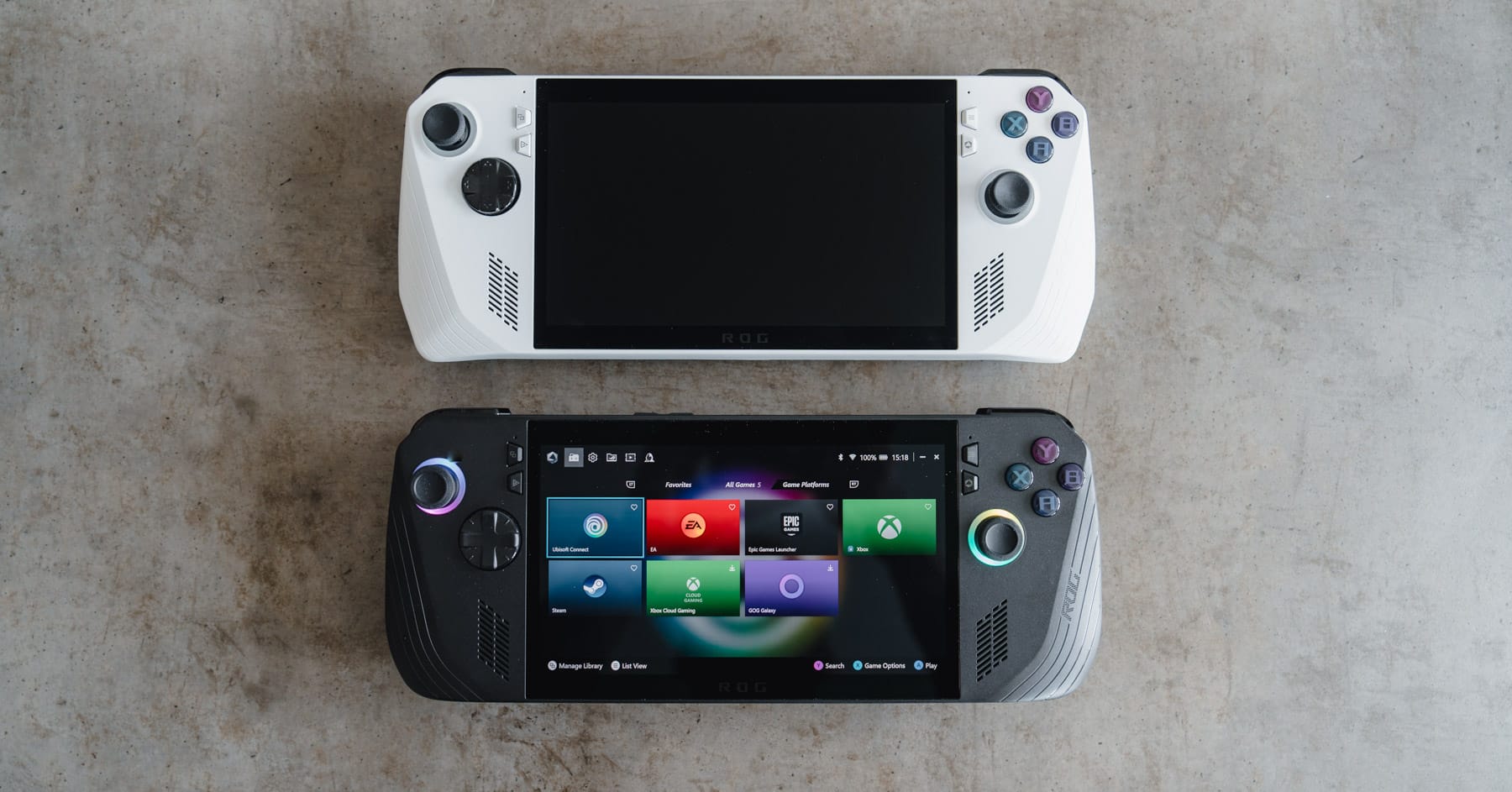
So writing this review should be easy. After all, the ROG Ally X compared to its predecessor — or rather its older sibling, since it is not replacing the device — is an evolution, not a revolution. ASUS kept everything great about the ROG Ally (which has remained my most used handheld to date) and enhanced the rest.
But are there enough changes in this device that warrant a proper look? Let’s dig in!
Performance: Same, but different
The ASUS ROG Ally X comes with the same Ryzen Z1 Extreme chip that is also used in the ROG Ally. While the Ally X has more RAM (24 GB vs 16 GB), in my tests, it only led to a few additional FPS here and there.
Which doesn’t mean that performance is bad. In my original review of the ROG Ally, Cary aka The Phawx shared these performance charts with us.
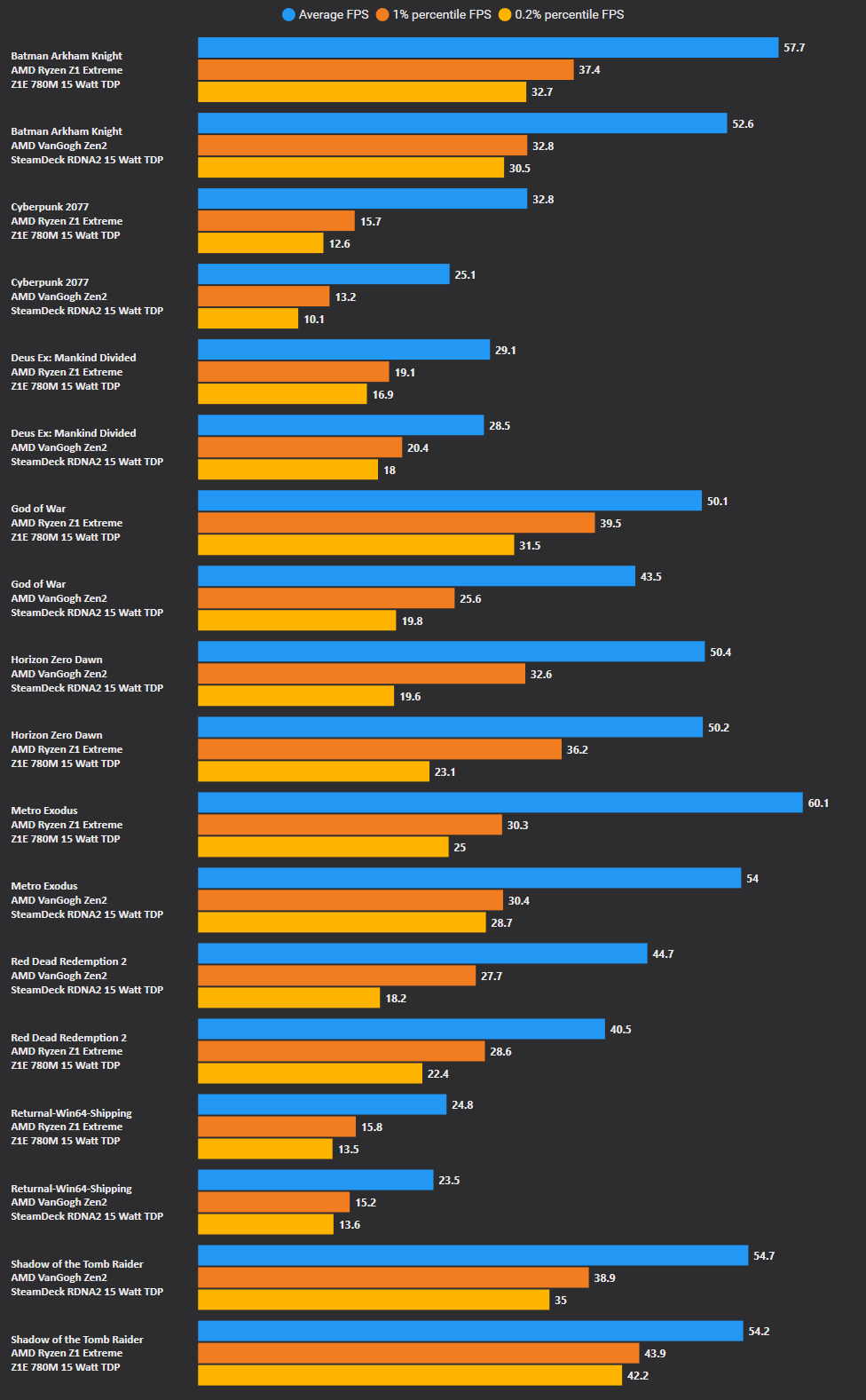
In my testing, these numbers are still very similar, except — as mentioned previously — a few more FPS here and there. But while both Ally devices share the same three power profile presets: Silent, Performance, and Turbo — the wattages these settings are at are different.
They are:
- Silent: 13 watts vs 10 watts
- Performance: 17 watts vs 15 watts
- Turbo: 25 watts on both devices.
So, a direct comparison will be unfair, but we can manually tweak the wattages to be identical, and it is this way that you’ll see that performance is comparable.
What has definitely changed is battery life, thanks to the new 80-watt-hours battery.
In the worst case, the ROG Ally X went from a max of 50 minutes (as measured on the ROG Ally) to a whopping 1h 40m hours of game time when pushing the chip to its limits. That is nearly twice the battery life at the same performance.
ASUS ROG Ally X Specifications
• AMD Ryzen Z1 Extreme
• AMD RDNA 3 iGPU with 12 CUs
• 24GB LPDDR5X, 7500MHz
• 1TB PCIe 4.0 NVMe M.2 SSD
• 7-inch IPS-level panel, 1080p resolution, 120Hz refresh rate, 500 nits brightness
• OS: Windows 11 Home
• 80Wh battery
• Two USB-C ports (one is USB4, the other USB 3.2 Gen 2 Type-C)
• 3.5mm combo audio jack
• MicroSD card reader (UHS-II)
• Dual front-facing speakers with Dolby Atmos support
• Dimensions: 280mm x 111mm x 37mm
• Weight: 678g
Playing lightweight indies on this brought battery life to over 10 hours. Let me repeat this: The ROG Ally X can deliver 10 hours of battery-powered gaming.
That, to me, is the biggest update to the ROG Ally X and what makes this device worthy of the investment. Here is what I had to say about the ROG Ally’s battery in my original review:
But what might be an issue is battery life. At best, I can get 2h to 2h30 of battery life on average out of the ROG Ally. At worst, we’re talking 50 minutes. Compare that to the Steam Deck, which gets between 80ish minutes to 4 hours, and you can see that performance comes at a cost.
...and:
But since I play most of the time on the couch, I don’t really care about battery life. I am always near an outlet. In my living room alone, there are eleven outlets, so I can plug in the Ally wherever. And because I play attached to power, I spend most of my time in Turbo mode.
But I do travel and commute from time to time, and that’s where I feel like battery life could be a bit better. Or it simply means I have to play smaller indie games that I can then play for longer.
With the ROG Ally X, this battery anxiety is all but gone. I can easily bring the handheld with me and don’t have to bother carrying an external battery pack.
I also don’t need to limit myself to playing indie games (although there’s Hades II, and that game on the ROG Ally X is Chef’s Kiss!), but I can easily play whatever Triple-A game is currently out there.
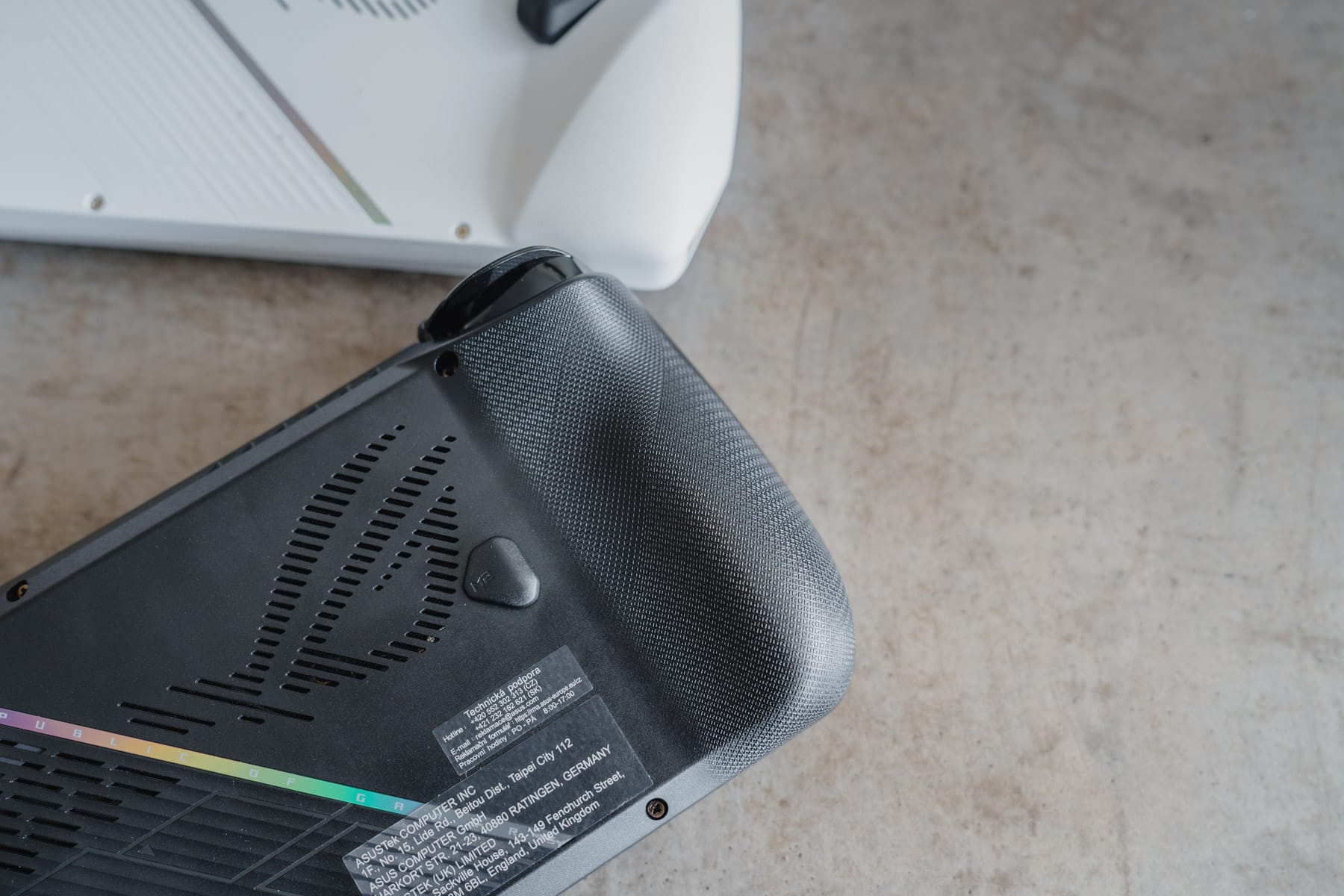
Thanks to all the different settings built into Armoury Crate, when you need a bit more battery, you can easily gain more by lowering the refresh rate or the internal resolution of the screen (or both). You don’t even have to mess with any game settings.
Also, my (not so) secret trick is to use GeForce Now Ultimate for hard-to-run games, and this way you basically get hours upon hours of battery life and can play games at max settings and resolution.
Design: Right direction
At first sight, the ROG Ally X looks very similar to the ROG Ally, except it comes in black (the clearly superior choice). But when you compare both devices directly, you’ll immediately spot the differences.
For one, the ROG Ally X is much thicker and denser due to the much bigger battery than its cheaper sibling. At 680 grams, it is now 70 grams heavier, and at 36.8 mm, it's 3.3 millimetres thicker than the ROG Ally.
You’ll definitely notice this difference. I wouldn’t say that the ROG Ally X is uncomfortable to hold, but when comparing the two devices there is just more heft and density to the Ally X generally (for comparison, the Steam Deck OLED comes in at 640 grams and 49mm thickness).
On the outside, ASUS also worked hard to enhance the ergonomics of the device. Compared to the Ally, the Ally X is more rounded, and just plainly feels more natural to hold.
Additionally, the buttons have been improved slightly (they wiggle less), and the analogue sticks are a tad larger. The D-Pad, however, experienced the most change. Just look for yourself:
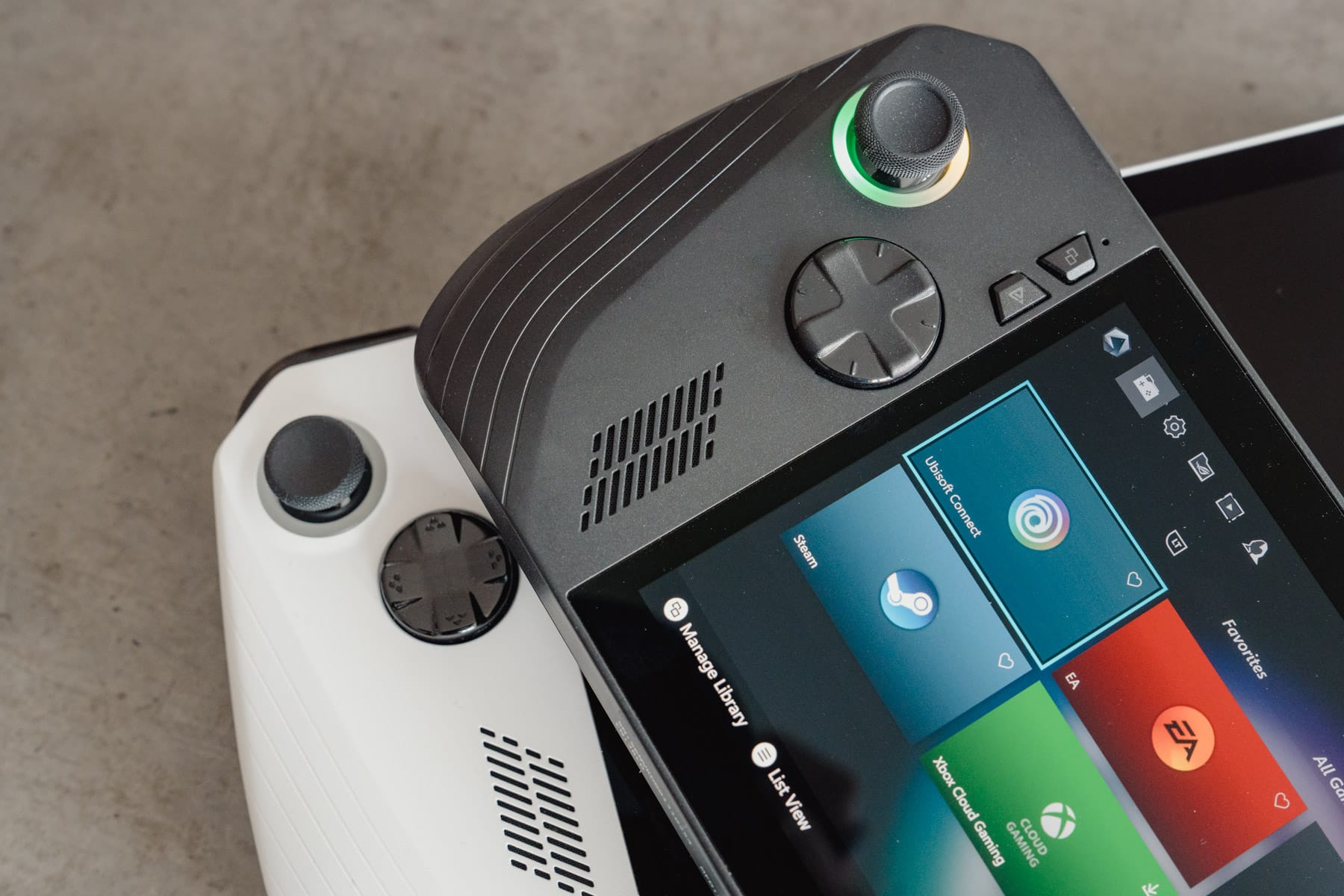
Also, ASUS changed the design of the back buttons, but let me be honest with you: I have never found a single use case for these types of buttons, no matter if on the Ally, Steam Deck, or the Xbox Elite Controller. Maybe I’m too old-school for that!
The biggest changes to the design are, however, both internal and external.
For one, ASUS dropped their proprietary xGm mobile port for a USB4 (USB-C) plug that's found on the original Ally. This means, you now have two USB-C ports instead (although I wish one was at the bottom), and thanks to USB4 speeds you can easily plug in whatever eGPU enclosure you currently have anyway.
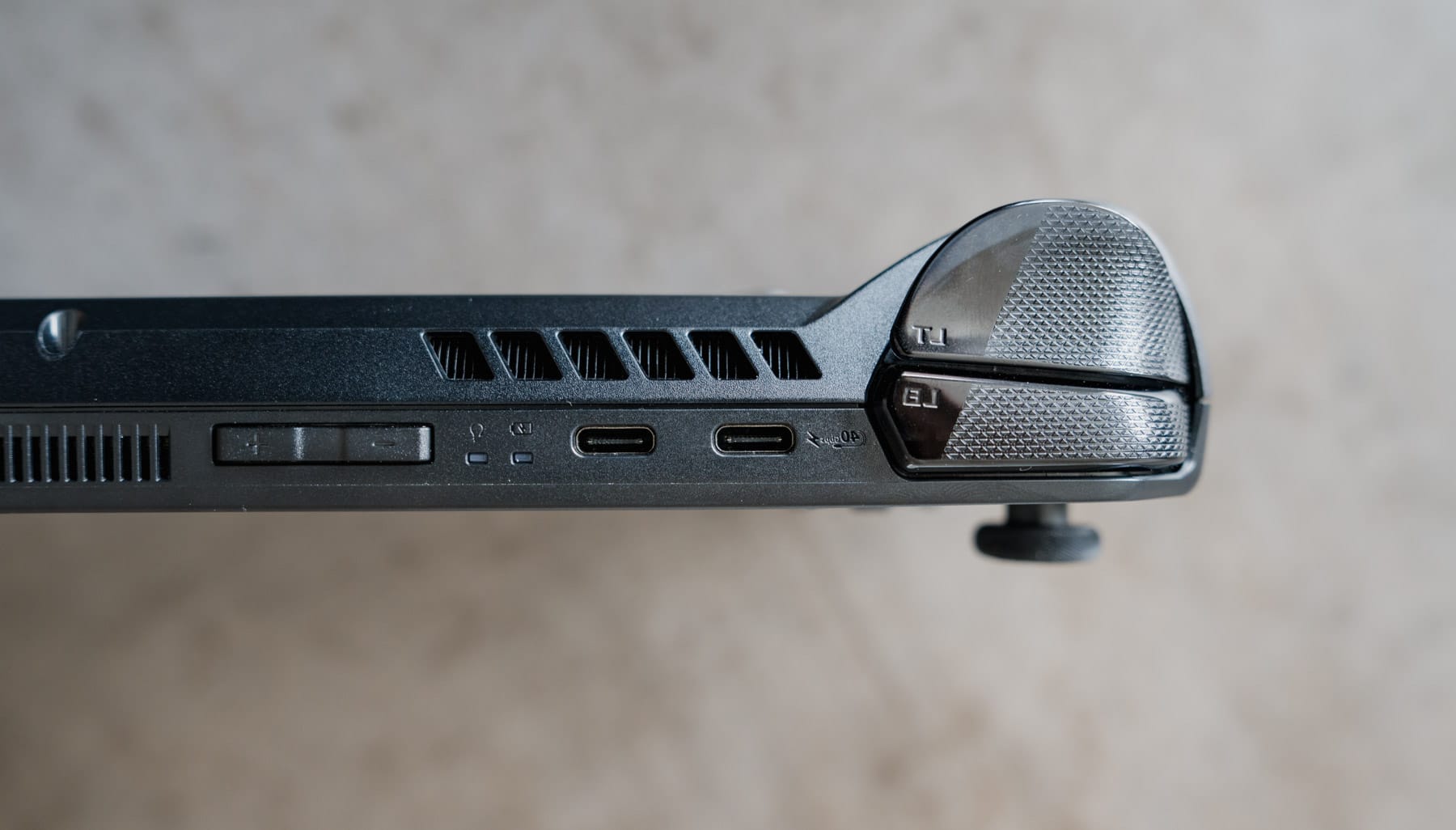
I rock the Razer Core X Chroma, and while it is a Thunderbolt 3 (TB3) plug and we’re at TB4 by now, it is still the same 40 Gbps speeds you can get with USB4. So these two devices are a match made in heaven. Unfortunately, I didn’t have enough time with the device to fully test its eGPU-compatibilities, but I don’t see any reason why this couldn’t be a decent PC replacement depending on your setup. I tested it briefly with an RTX 3070, and while it wasn’t comparable to the 3070 in my PC tower (because PCIe is simply much, much faster), I actually liked this Nintendo Switch-like experience a lot.
ASUS also redesigned the fans. Not only does this make for a more silent device, but it should — in theory, more testing by the community needed — finally fix the overheating microSD card slots that plagued the ROG Ally.
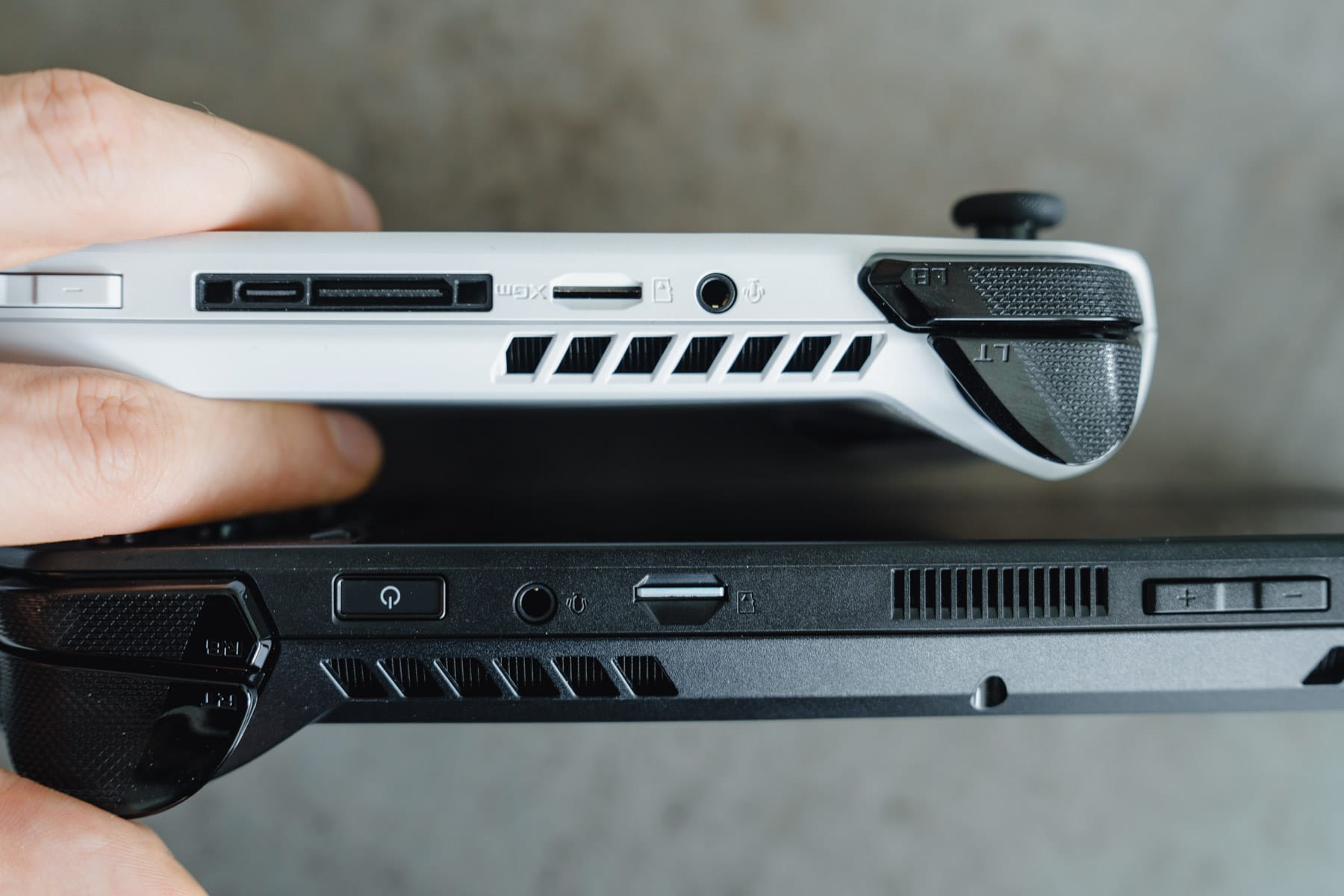
Finally, the ROG Ally X uses a 2280 m.2 SSD. These are the full-sized ones, that are much easier to find and cheaper to get. I hope other manufacturers take note!
Software: The Elephant in the Room
The ROG Ally X, like the ROG Ally, ships with Windows 11. It also comes with Armoury Crate, which was recently updated and is now a much better experience. It is still where you can change all your power profile settings, customize your button layout, update the device, and if you so desire start games.
However, there are fundamentally no differences between Armoury Crate on the Ally or the Ally X, so I won’t focus on it for this review.
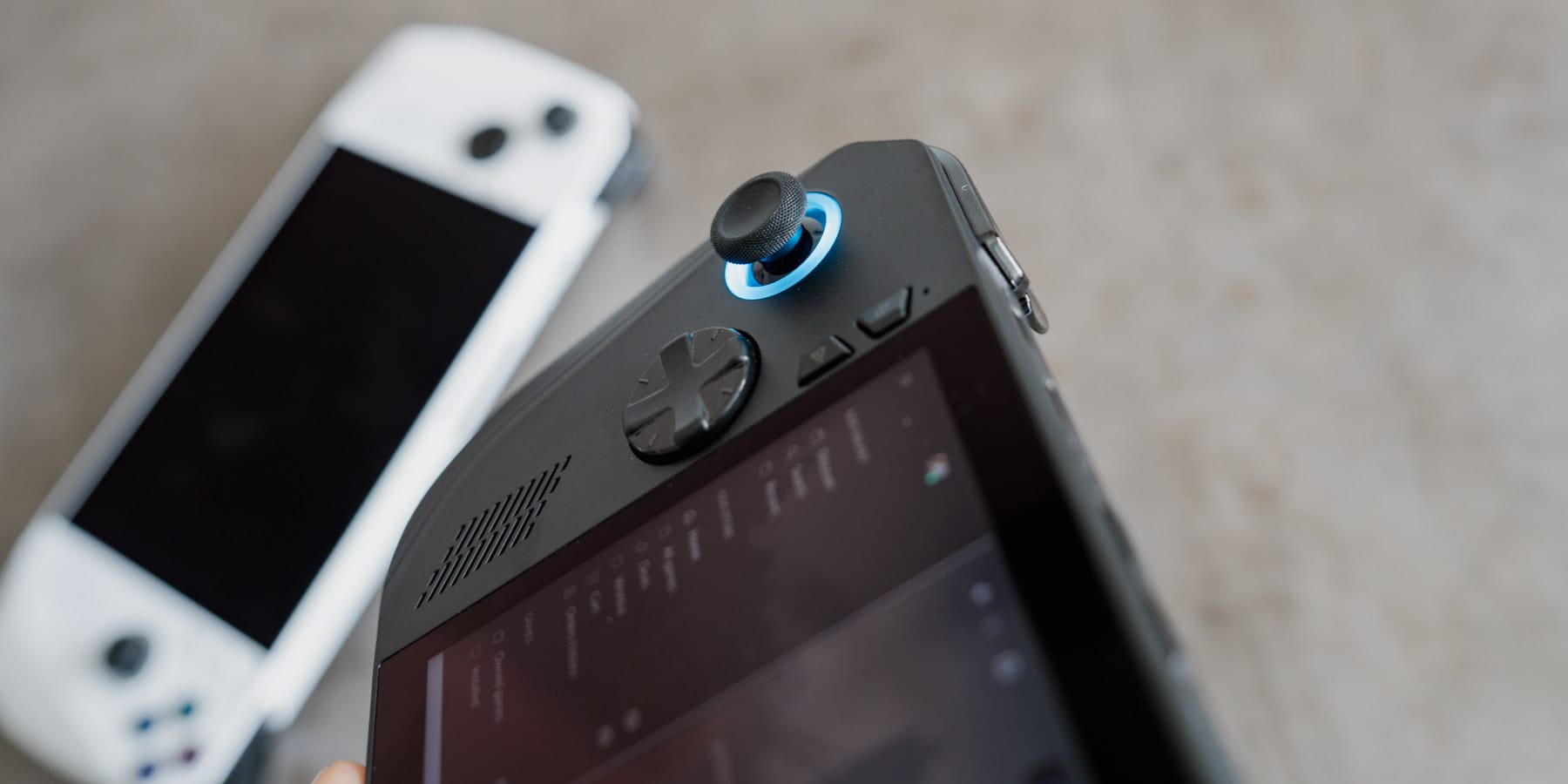
But I can’t review a Windows-based handheld, without addressing the elephant in the room: Windows on a handheld.
To this day, running Windows on a device like the ROG Ally X is a weird experience. It is clear that Windows is poorly optimized for devices like these. Sure, Microsoft is working on enhancing the experience (and they’ve done so very recently), and there are rumours we’ll see a proper handheld UI one day, but I can’t talk about possible future improvements when reviewing any device today. We need to look at technology as it is now, not as it might be in the future.
Windows on a handheld is still simply a mess. It simply isn’t as clean and straightforward as SteamOS is on the Steam Deck. Navigating the menus, trying to fight the onscreen keyboard, and having to mess with Windows updates. All of this on a handheld is just a pain in the ass.
Now, we recently learned that Valve is still working on bringing SteamOS support to these devices, and you can already install a Linux-based OS on the Ally X today, but unfortunately, as I only had a loaner device for two weeks I wasn’t able to test it for myself. But here is a video by Bob Wulffden Wulff if you are interested in these things:
But here’s the weird thing: I still prefer Windows-based handhelds to SteamOS. My game library is not only on Steam, but on many other platforms like Epic Games, GOG, and Game Pass. If you game across multiple ecosystems, and stores — it may well prove to be the better option.
Yes, you can make most of this stuff run (except Game Pass) on the Steam Deck, but on the ROG Ally X it’s as easy as installing the launcher, and calling it a day. Also, since this runs Windows, games that won’t run on SteamOS because of anti-cheat tech are no problem on the ROG Ally X.
Ultimately, if you want to get a Steam Deck-like experience, you can easily add all your games to your Steam Library, and simply boot into Big Picture Mode on the X.
Price: Quality at a cost
The ASUS ROG Ally X comes in at $800 ($799.99, but come on!). This is $150 more than the Z1 Extreme-based ROG Ally (the only one you should consider).
This is a high price, but after spending two weeks with the ROG Ally X, I think the price difference is worth it. It is simply a better device. Honestly, ASUS should have called this the ROG Ally Pro, and recommending this would be a no-brainer.
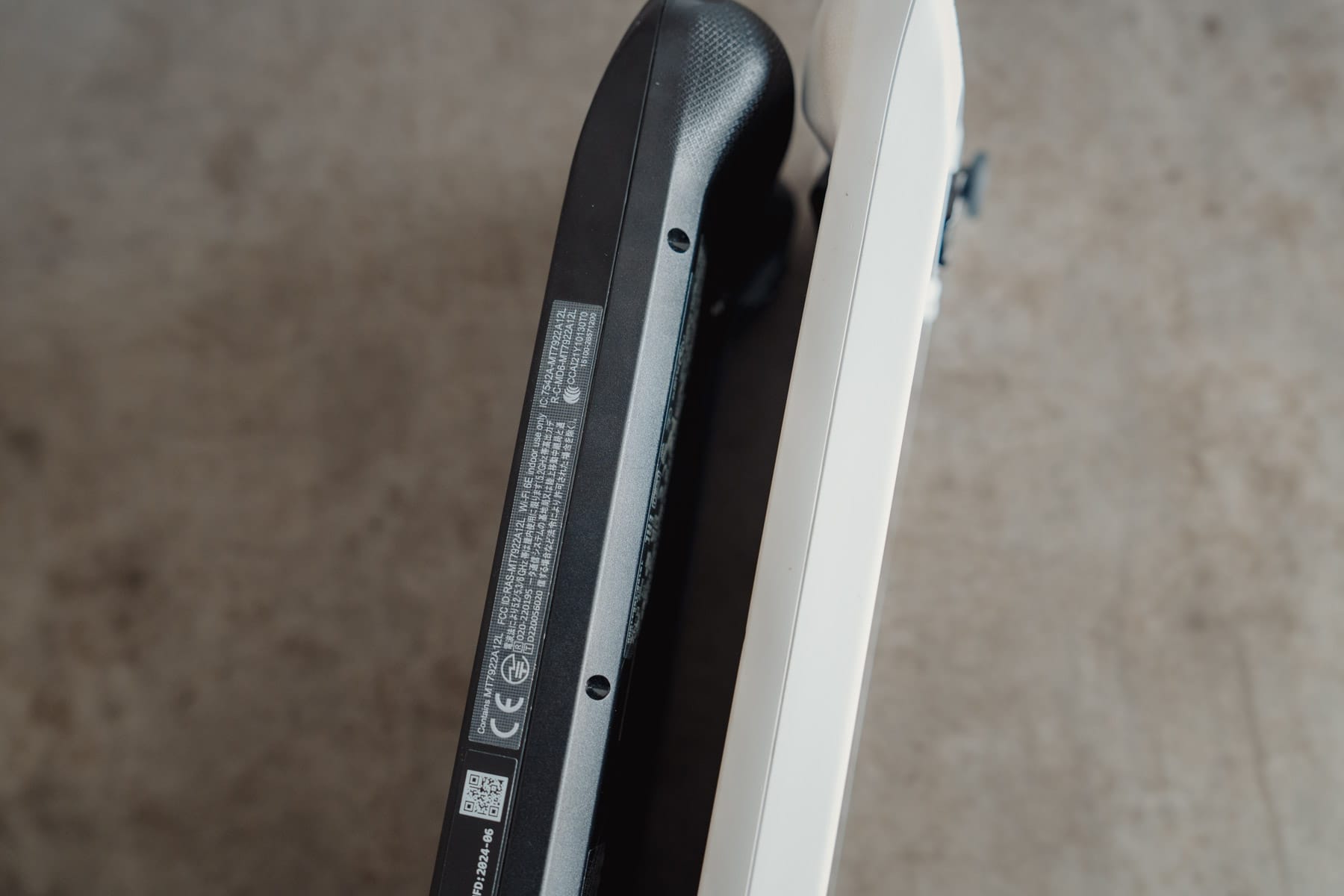
However, here’s the thing: if you already own a ROG Ally, I don’t think you necessarily need to upgrade. Just get a black case from dbrand, and an external battery, and you should get a close enough experience. Add a Mechanism (formerly Deckmate) to the mix to strap the battery to the back of the device, and you’ll also be close in weight (I’m only half serious).
Conclusion: Tale of Two Kings
Like I said in the introduction, right now, the ROG Ally X is the best Windows-based handheld you can get. I stand by this.
In fact, I’ve recommended the handheld to a few of my friends recently, who’ve all bought one (after all, you can just go to an actual shop and pick one up) and they have been very happy with their experience.
Right now, I’d say there are two kings on the handheld market: the ASUS ROG Ally X on the high end, and the Steam Deck OLED on the low end.

So here’s my recommendation: do you want an easy-to-use out-of-the-box experience that can play older Triple-A titles and indies with ease, and maybe you’re limited in budget? Get a Steam Deck OLED.
Do you want to play newer Triple-A games on the go, have the best compatibility with the broadest selection of games, get incredible battery life, and maybe even want to use this as your PC? Get the ROG Ally X.
Whatever you pick, I think you’ll be happy with your choice. As for me: I’m fighting very hard with myself not to replace my Ally with an Ally X.



